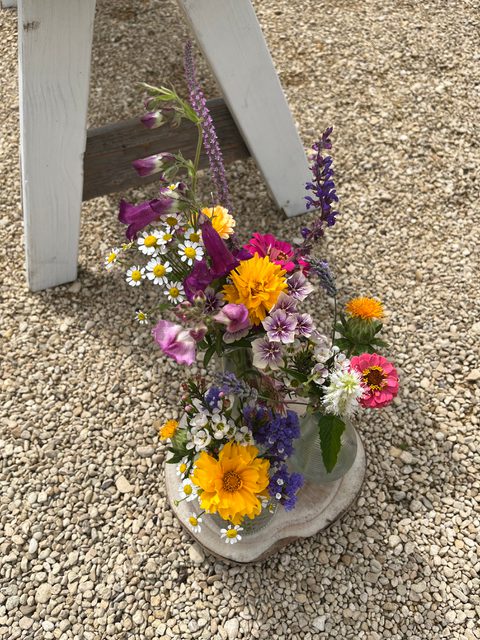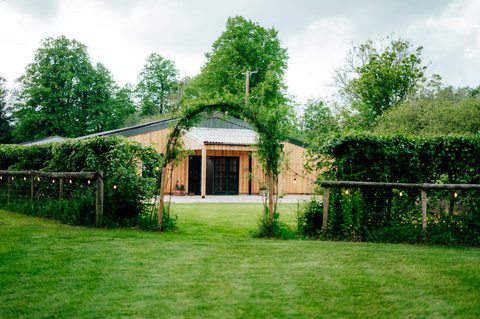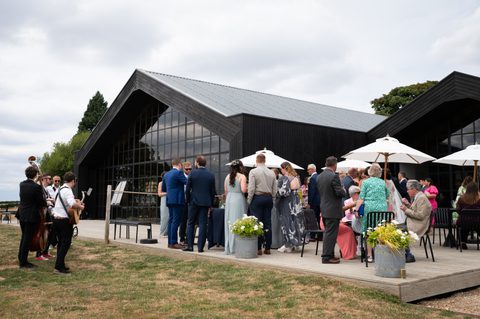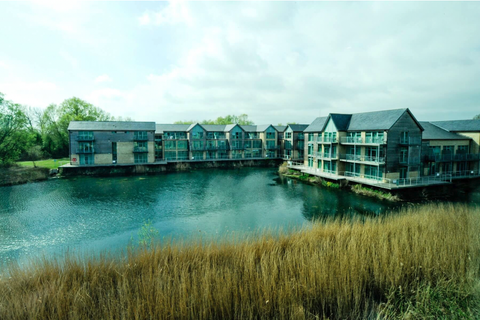Personalised wedding websites bring a thoughtful touch to your wedding, helping to simplify planning and communicating with guests while fostering excitement for the big day. But when it’s time to actually create your own website, where should you start?
Creating a wedding website becomes remarkably simple and clear-cut when you adhere to a well-structured plan. Below are our 4 straightforward steps to help you develop a practical and personalised wedding website — without the accompanying stress.
1 — Select Your Wedding Website Platform
Your initial task involves discovering a reliable wedding website builder and opting for an ideal design. Take a moment to contemplate the specific features you wish to include in your wedding website and the details that hold the utmost importance. Steering clear of a mismatched wedding website template is crucial.
Some features you might want to consider are:
- A variety of contemporary design templates and style choices.
- Responsive site designs compatible with all devices, like mobiles.
- Ability to customise and personalise your selected design template.
- Digital invitations for sending save-the-dates and invites electronically.
- Management of RSVPs, including tracking and follow-up.
- A customised domain name for easy guest access.
- Privacy features to ensure your wedding website is viewed by the intended recipients.
- Built-in guest management to keep tabs on interactions, dietary preferences, and RSVP responses.
2 — Craft Your Website Design
Once you’ve settled on your wedding website platform, it’s time to pick a design or template that resonates with your wedding style. This cohesive look will extend from your guests’ first glimpse of the invitations to their arrival at your reception.
When selecting a website design, draw inspiration from your wedding date, venue, colour scheme, and overall ambience of your impending celebration. You have room for creativity, adding personal touches that make the website engaging and authentic. Whether it’s sharing engagement photos, and fond memories, or infusing quirky headlines or quotes into your template — the possibilities are endless
3 — Complete Your Website Sections
The next step is to populate your website with content to effectively communicate your wedding day details to your guests. Your wedding website serves as a platform to set clear and courteous expectations for the day. In case you’re seeking guidance on what to include, here are some of the most popular and practical wedding website sections.
- Your welcoming message or homepage: An opportunity to extend a warm welcome, assist guests in navigation, and acquaint them with your wedding website.
- Your “About Us” story: A brief paragraph or two that outlines your journey as a couple, cherished memories, and shared experiences.
- Profiles of your bridal party: Brief introductions to your bridal party members, encapsulating who they are and their place in your lives.
- Wedding schedule and key particulars: Essential event information, including date, time, timelines, venue details, directions, parking, accommodation, dress code, and gift registry.
- RSVP functionality and meal selection options.
4 — Send Your Invitations
Now comes the easy part! After filling your wedding website’s sections and personalising them to perfection, it’s time to share the link with your guests. A simple way to achieve this is by incorporating the website link into your wedding invitations. Keep the invites concise and direct guests to your wedding website for comprehensive event details.
As your wedding planning advances, you might have updates for your guests. Instead of individually notifying each guest, continue to use your wedding website to seamlessly announce changes or send notifications. Remember, your wedding website is your time-saving solution, reducing the need for back-and-forth texts and calls leading up to your special day!








